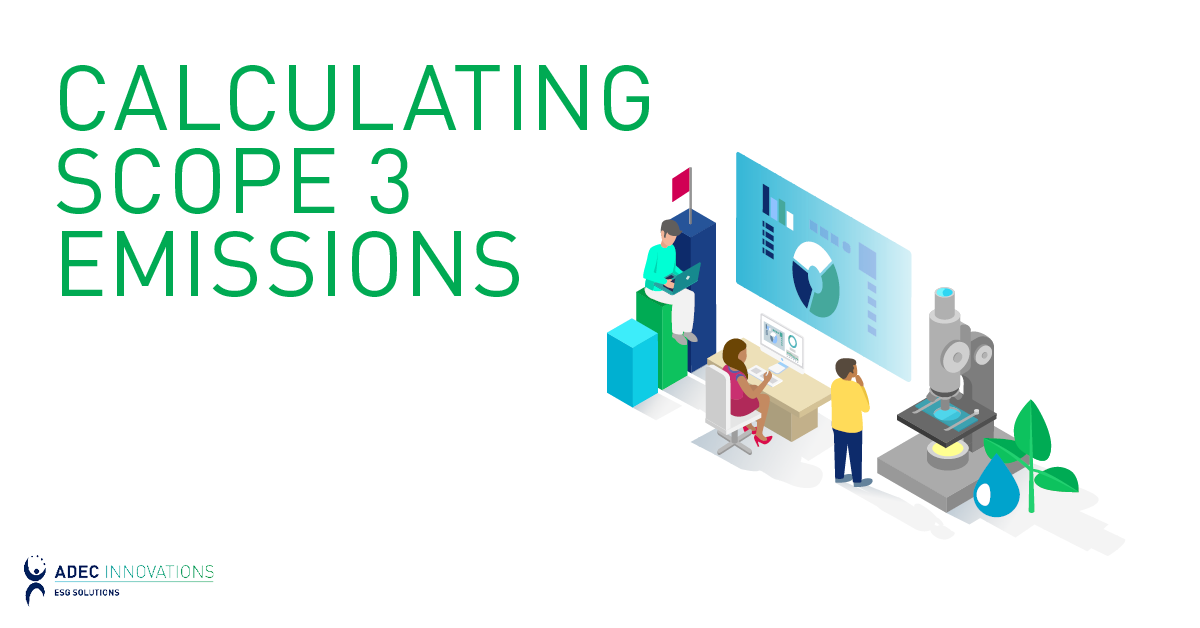Addressing Environmental Constraints in Development Plans
Thoroughly evaluating environmental constraints and associated requirements and regulations is essential to any successful land-use plan. In the case of private development, understanding environmental constraints and the cost and feasibility of potential mitigation is key to understanding the true value of real property and whether a project will “pencil out”. Likewise for public agencies, without a working knowledge of the underlying environmental hurdles and associated mitigation costs, the land plans of communities won’t be implemented, and the future vision of the community unrealized. Evaluating potential environmental impacts early, during land acquisition and site design, avoids expense and lost time for development projects.

By Bob Prasse
October 4, 2012
Thoroughly evaluating environmental constraints and associated requirements and regulations is essential to any successful land-use plan. In the case of private development, understanding environmental constraints and the cost and feasibility of potential mitigation is key to understanding the true value of real property and whether a project will “pencil out”. Likewise for public agencies, without a working knowledge of the underlying environmental hurdles and associated mitigation costs, the land plans of communities won’t be implemented, and the future vision of the community unrealized. Evaluating potential environmental impacts early, during land acquisition and site design, avoids expense and lost time for development projects.
The different environmental constraints encountered are wide-ranging with respect to type and severity. The most obvious and severe would essentially preclude development, where natural aspects like active earthquake faults, landslides, and severely flood-prone areas would most likely preclude development. Often the best strategy to deal with these types of constraints is to avoid them, when possible. Other constraints are often easily identified and easily remedied, such as, cleaning a minor oil spill from the previous use of a property.


Between these two extremes are a great many environmental impacts and constraints that can be mitigated – although addressing them may still be very costly, in terms of money, time and uncertainty about the feasibility and practicality of mitigation. Projects of all types have suffered setbacks from the Federal Endangered Species Act and federal requirements related to jurisdictional waters of the United States, and some states, like California, have parallel regulations.
In California and throughout the world air pollution has increasingly become a serious environmental imact. Air pollution regulations have become increasingly stringent in recent years, especially as the health effects of diesel particulate matter (dpm) have become more recognized. This has made the siting of warehouses, logistics facilities and other industrial uses, which generate substantial truck traffic, increasingly problematic due to the potential for health risk exposure to nearby residential neighborhoods, hospitals and other sensitive receptors. With the adoption of California's AB32 and other similar regulations throughout the U.S. and the world, development projects must increasingly address greenhouse gases by incorporating carbon management and energy efficiency measures as well as other sustainability practices. These are just a few examples from a very long list of environmental impacts that can constrain development.
As the old saying goes, knowledge is power, and the more that is known about potential constraints and options for mitigation plans, the better. One of the most critical aspects of securing this knowledge is to do it as early as possible in the planning stages of a development. Early identification of potential environmental problems allows consideration of mitigation solutions as part of the overall design of the project, so that the costs and physical limitations of such solutions can be minimized. In addition, such knowledge is a powerful tool during the due diligence assessment process prior to acquiring property, since it can be used to assess associated mitigation costs which, in turn, can be used in negotiating the purchase price of land.
The good news is that help is available to evaluate constraints, develop practical, cost effective environmental mitigation plans, and guide projects through the maze of environmental regulatory compliance. FirstCarbon Solutions has been involved with environmental mitigation planning, analysis and the regulatory processes for permitting for over 30 years. Much of our experience has been in California, possibly the most environmentally regulated place on earth, and consequently we are CEQA experts. Our seasoned staff also thoroughly understands the land development process as well as the array of confusing and often Byzantine environmental regulations and requirements that can affect development.
If you are interested in knowing more about how we can help you, contact us for a consultation – today!
Did you enjoy this post? The author of this article is Bob Prasse. Learn more about him here.
Related Articles
Environmental Sustainability, CEQA, Carbon Management
By Tyanna Bui on November 2, 2021
Carbon Management | GHG Emissions
By Kevin Bolland on December 23, 2019
Environmental Impacts | Environmental Assessments | CEQA | Environmental Planning | city planning
By George Lu on September 3, 2019
Environmental Sustainability | CDP | ESG | Sustainability Reporting | CSR
Be a sustainability leader.
Our team supports you no matter where you are on your Sustainability Journey. Talk to us today to learn more.





